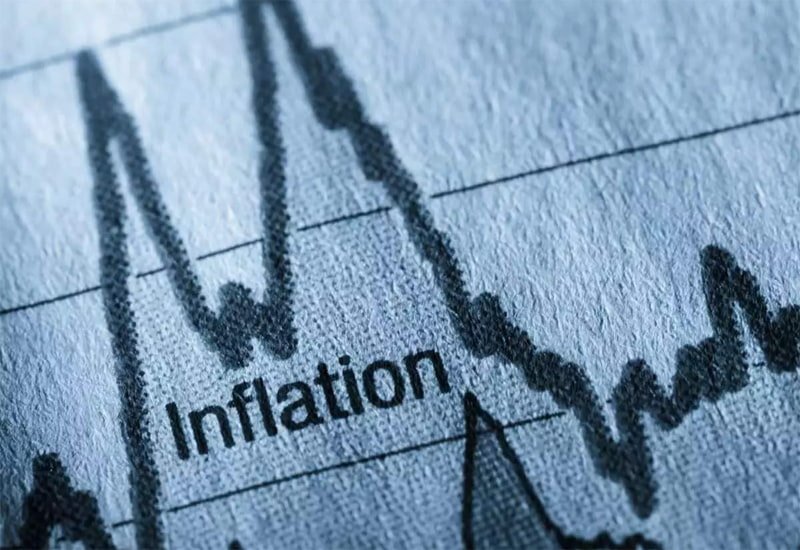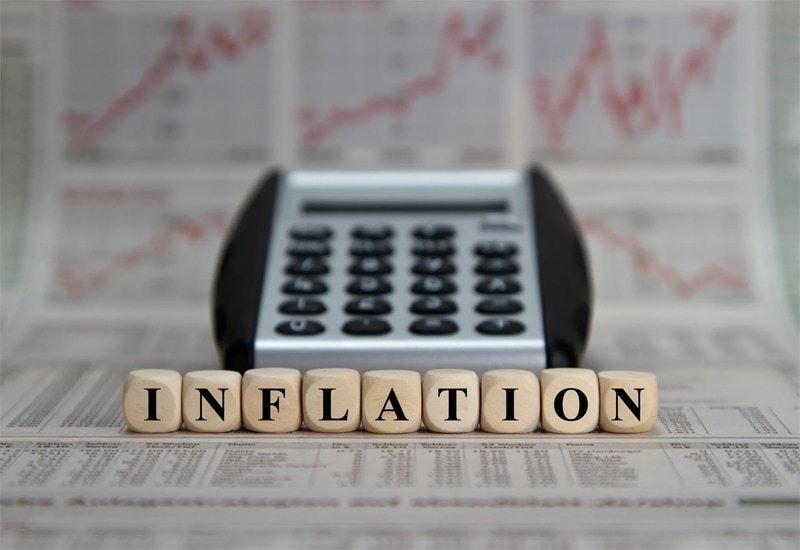What Is An Inflation Hedge? (7 Inflation-Proof Assets In 2025)
You can notice inflation in the increasing prices of goods and services. Unexpected high rates can erode the purchasing power of your fixed income and decrease the value of your investments over time.
Having an inflation hedge for your investment portfolio is an excellent way to maintain the purchasing power of your money, decreasing your risk of losing out on your investments during an inflationary period.
Let’s discover what an inflation hedge is and why you should hedge against inflation. We’ll also explore 7 effective ways to hedge against inflation, the limitations, and how Vinovest can help protect you from inflation.
Further reading
- Diversify your portfolio with these 10 Intelligent Alternative Investment Platforms.
- Also, if you’re interested in trading wines online, check out the Ultimate Guide To Wine Exchanges.
What Is An Inflation Hedge?

Inflation hedging typically involves investing in an asset whose price is expected to increase with inflation or if it offers a higher interest rate than inflation.
Specifically, an inflation hedge (like fine wine, for instance) outperforms market inflation and the Consumer Price Index.
So, if your investment returns a 4% yield annually and inflation is 2%, the value of your investment increases by 2% in a year - a perfect hedge against inflation.
But, if inflation unexpectedly rises to 5%, the value of your investment will fall by 1%.
Why Should You Hedge Against Inflation?

Inflation hedges help protect the value of your investment over time.
Ideally, inflation increases steadily and is kept under control by the Federal Reserve (the Central Bank.)
The Federal Reserve uses monetary policy to maintain normal levels of inflation. This involves buying and selling bonds to increase the money supply in the economy or adjusting interest rates.
Interest rate hikes encourage borrowing, which increases cash flow, and sometimes the Fed cuts interest rates to slow down market activity to curb inflation.
But, the Federal Reserve’s inflation expectations aren’t always accurate, and adjusting interest rates is a balancing act. So, having some kind of inflation protection is essential.
Speaking to an institutional investor is an excellent way to begin investing in inflation hedges and start planning your social security fund.
Now, let’s look at some different ways to hedge against inflation.
7 Effective Ways To Hedge Against Inflation
Here are 7 asset classes that can provide fruitful inflation protection:
- Fine Wine
- Real Estate
- Commodities
- Gold
- Stocks
- TIPS (Treasury Inflation Protected Securities)
- Floating-Rate Bonds
1. Fine Wine

Adding a tangible asset like fine wine to your investment portfolio is an excellent way to protect yourself from rising inflation.
In the long run, fine wine is a good inflation hedge because it outperforms worldwide Consumer Price Index Inflation (CPI inflation.)
The price of fine wine isn't directly tied to the inflation rate, and it appears to be immune to the market turmoil - witnessing an average growth of 23% in 2021 while the annual inflation rate in the U.S. was around 5%.
Additionally, volatility in the fine wine market is very low, and the longer you hold onto a wine, the less volatile it becomes.
But how do you invest in fine wine?
There are several ways to begin your wine investment journey.
- You can buy, store, and sell bottles yourself.
- Bid in-person or online at various wine auctions around the world.
- Buy and sell your wines through brokers.
- Invest in wine stocks or bonds like Truett-Hurts and Diageo
Investing in fine wine can seem a little intimidating. You need to find a reputable and trustworthy broker to source and sell authentic bottles. Also, you’ll need to find a perfect wine storage facility with optimal temperature and humidity.
Luckily, a trustworthy wine investment company like Vinovest makes investing in fine wine effortless. Vinovest’s master sommeliers use quantitative investment models to curate a portfolio of investment-grade wine for you.
Vinovest will even store your wine for you in its temperature-controlled bonded warehouses and help you sell your wine bottles at the right time.
All you need to do is, sign up on the website, let the Vinovest team build your portfolio, and you can start reaping the potential benefits in a few years.
So, this is hands-down the best way to begin your wine investment journey!
2. Real Estate

Real estate is another tangible asset that traditionally does well during an inflationary period because a property's value increases with inflation.
So, your landlord can charge you more each year as inflation increases prices.
You can invest in real estate by buying a home with a mortgage or through a Real Estate Investment Trust.
A mortgage allows you to pay the most significant expense of homeownership at a fixed rate. So, your monthly payments remain the same despite a higher rate of inflation.
A Real Estate Investment Trust owns income-producing real estate properties like commercial real estate and allows you to invest in a share of the properties.
3. Commodities

Commodities are fungible goods like raw materials and agricultural products that can be bought and sold.
Alternative investments like commodities can act as a good inflation hedge because as higher inflation rates increase the price of commodities, the price of products produced using those commodities increases as well.
For example, as inflation increases the price of a commodity like wheat, the price of a commodity like bread also increases.
4. Gold

Gold is a tangible, real asset that holds or increases its value under inflationary pressure. In fact, many consider gold to be an “alternative currency.”
Gold is a commodity but is often mentioned as a separate asset class. This is because it consistently outperforms other commodities and alternative investments during inflationary times.
As an investor, you can put money into gold by buying gold coins and bullion or investing in a gold-focused mutual fund. You can also invest in an ETF or purchase stocks of gold mining companies.
Remember, gold coins or bullion don’t pay yields based on an interest rate, and there are additional costs to storing and insuring them.
5. Stocks

Stocks are an asset class that may benefit from inflation but also carry some inflation risk.
Some companies on the stock market have “pricing power” and can increase their prices with inflation.
According to the Wall Street Journal, companies on the stock market with pricing power could be the best antidote to inflation.
The inflation risk with stocks is that elevated inflation increases volatility.
6. TIPS (Treasury Inflation Protected Securities)

Treasury Inflation Protected Securities are government-backed bonds sold by the U.S. Treasury that are indexed to inflation.
The U.S. Treasury adjusts the interest rate paid out by the bond each year to keep up with inflation. So a higher rate of inflation means TIPS pay out higher bond yields.
TIPS come in 5, 10, and 30-year maturities and pay interest twice a year.
TIPS act as a good inflation hedge because they have low volatility, and the bond's par value increases with inflation. However, TIPS won’t necessarily provide growth beyond inflation protection.
7. Floating-Rate Bonds

As an investor, if you take out a bond with a fixed interest rate and inflation increases beyond that, your bond yields would me worth much less.
A floating-rate bond can adjust its interest rate in response to upticks in inflation.
You can buy a floating-rate bond through ETFs or a mutual fund that typically owns several of these bonds.
But is inflation hedging always a good idea?
Limitations Of Inflation Hedging

The term inflation hedging is sort of a misnomer. As an investor, you may not know that inflation is already accounted for in the prices of assets like stocks and bonds.
So, when people talk about inflation hedging, they really mean protecting themselves from higher inflation rates than normal.
This means that an inflation hedge is most effective during times of high inflation, which are historically rare in the USA. The lowest average sustained inflation rate in the USA is around 2%.
Another limitation is that inflation hedges like commodities are subject to technological growth and demand and supply factors.
For example, an increase in the oil supply will reduce its price. Furthermore, as technology advances and countries move toward renewable energy, oil demand will decrease, and prices will drop.
Fight Inflation With Fine Wine!

Don’t let rising inflation rates erode away your investments and ruin your social security fund. Speak to an institutional investor and begin fighting inflation with fine wine.

The easiest way to begin your wine investment journey is to sign up with Vinovest.
Vinovest takes care of authenticating, insuring, and storing your wines. It also lets you sell and deliver wine to buyers anywhere around the world. You can access and track your wine portfolio online or in real life anytime, hassle-free.



